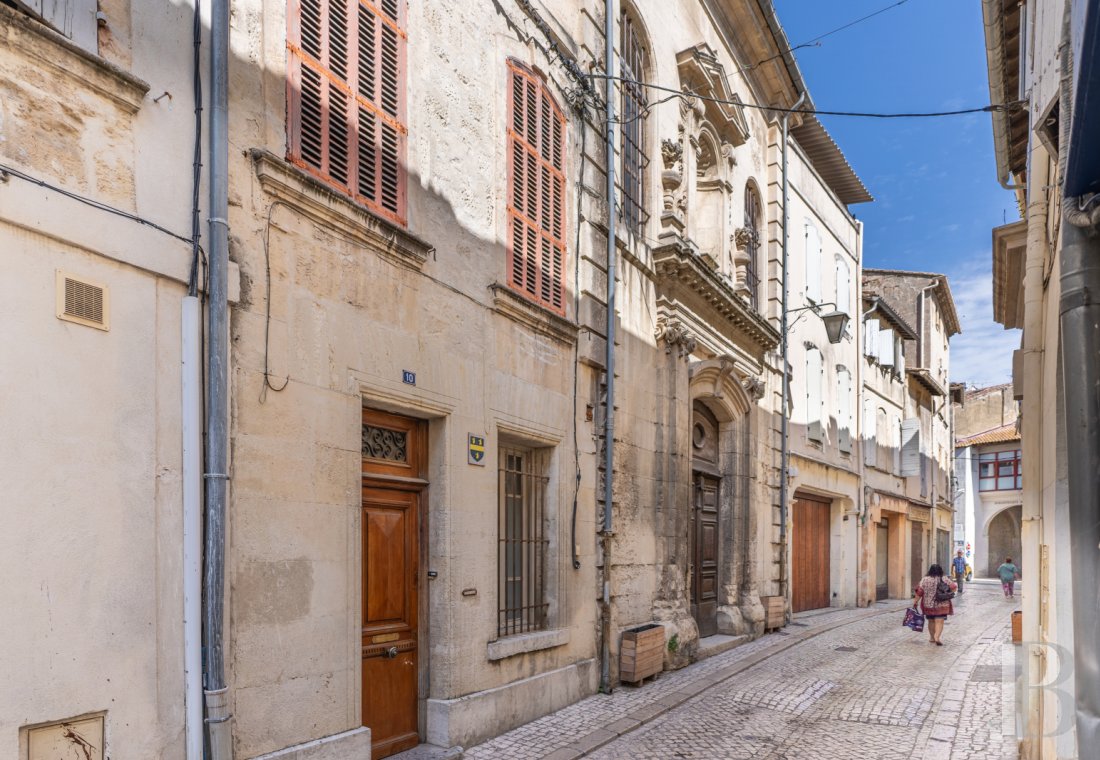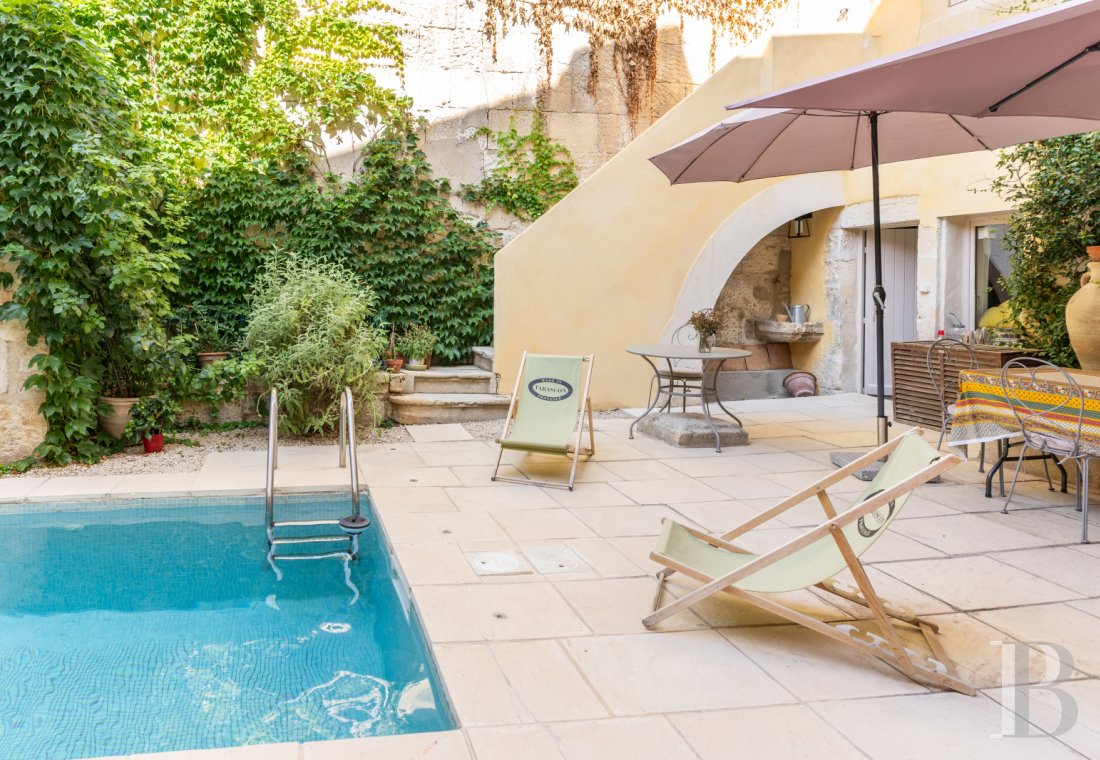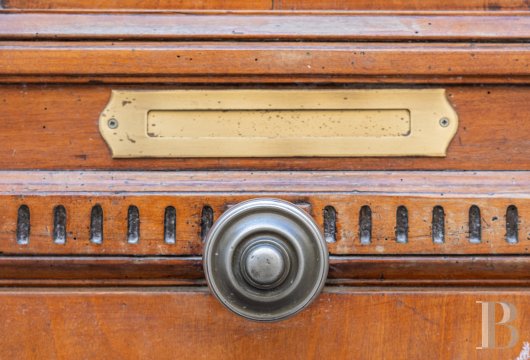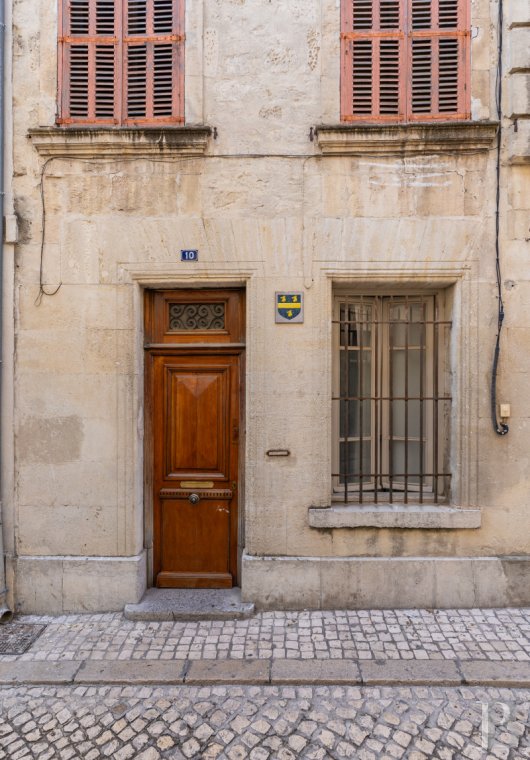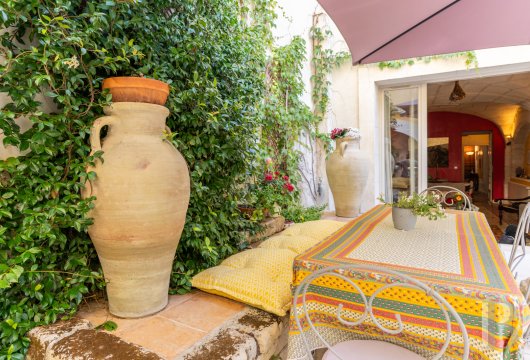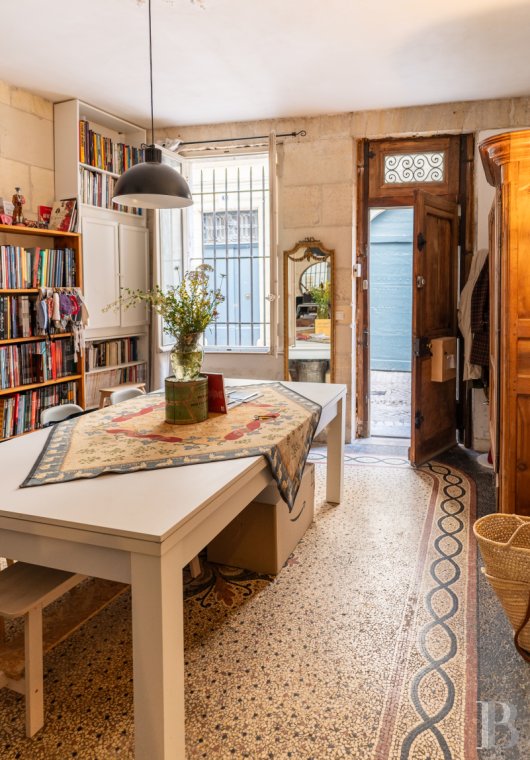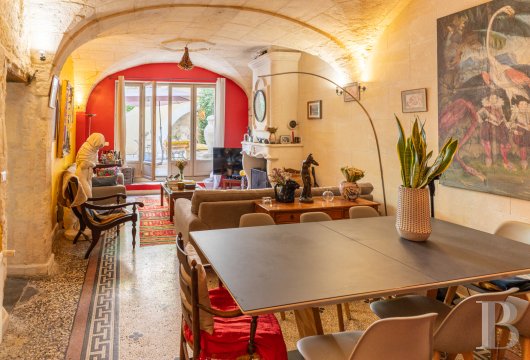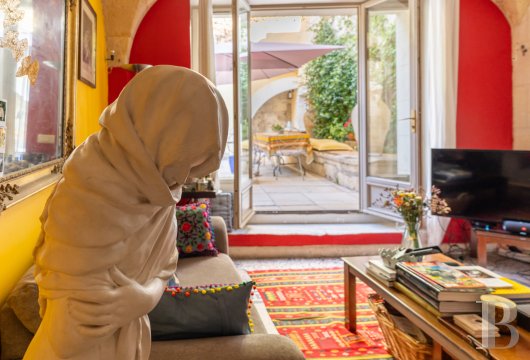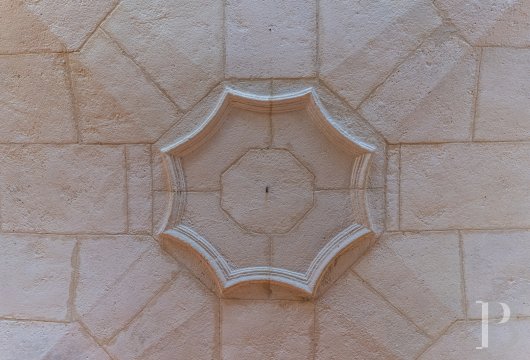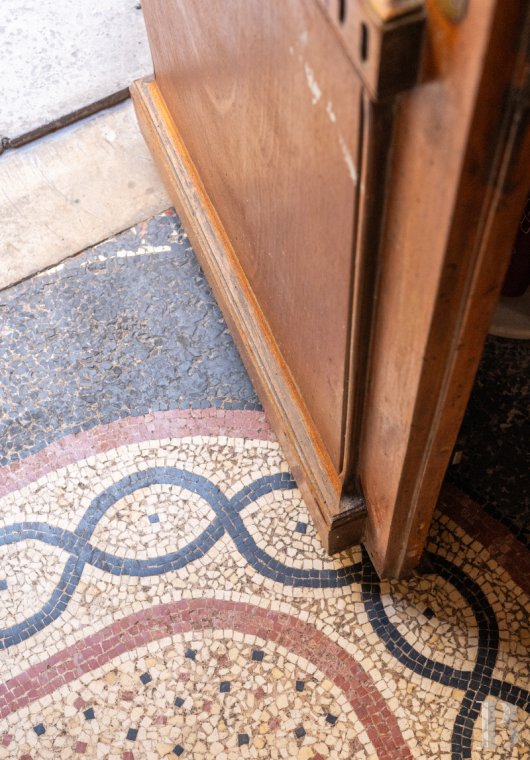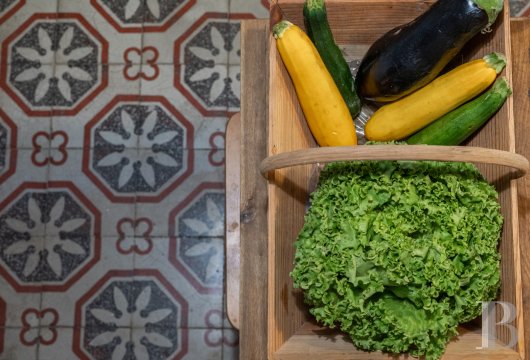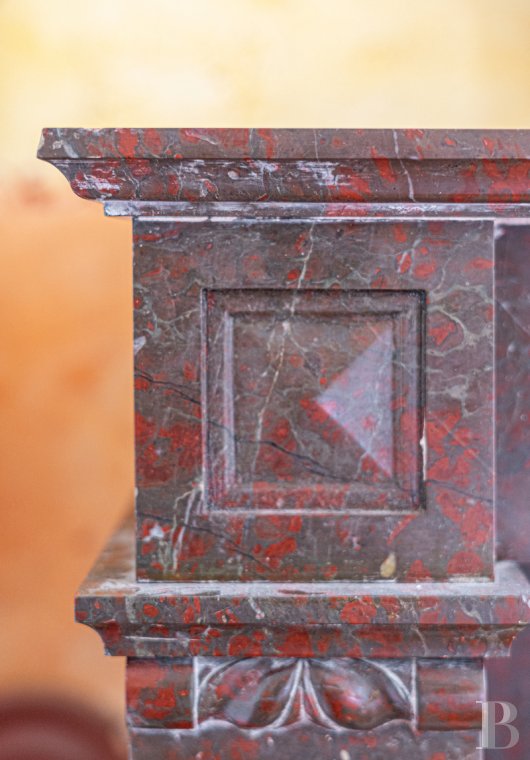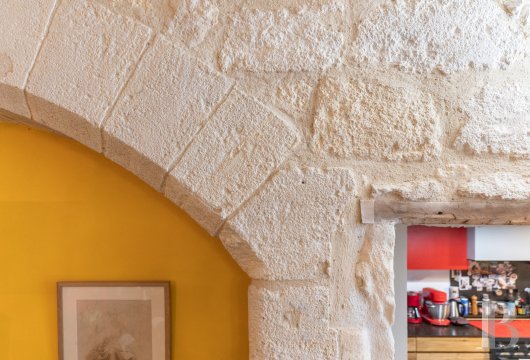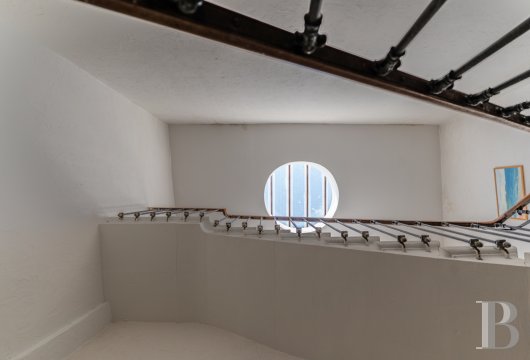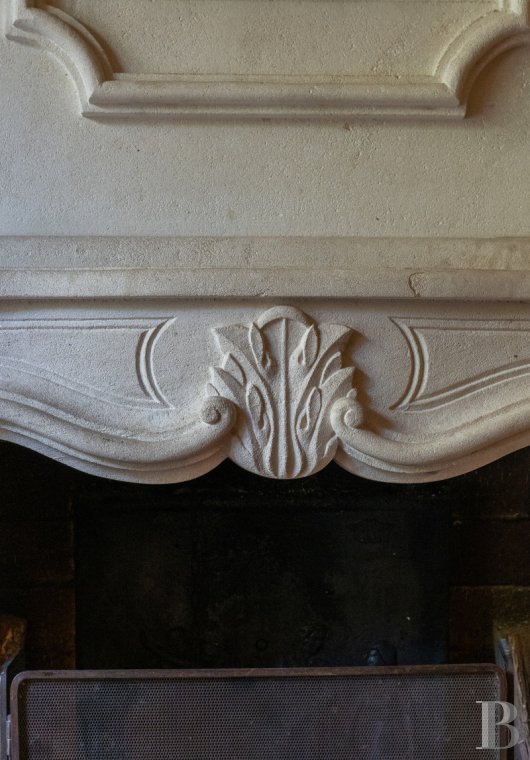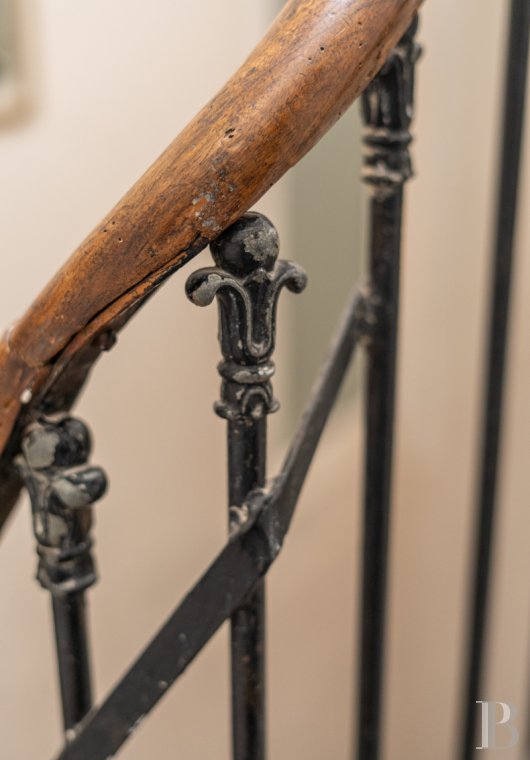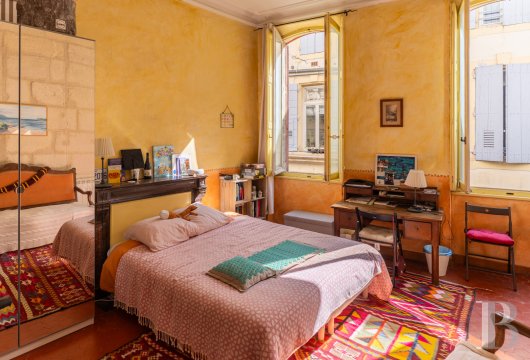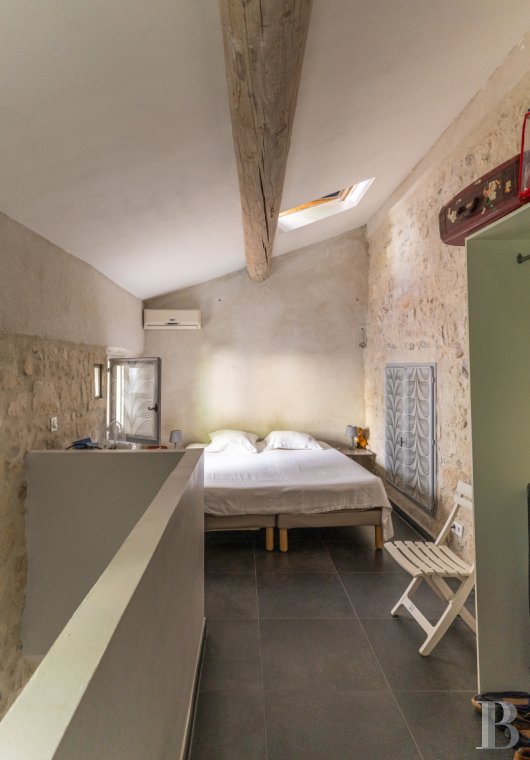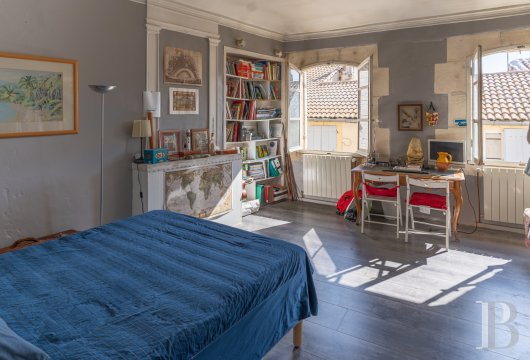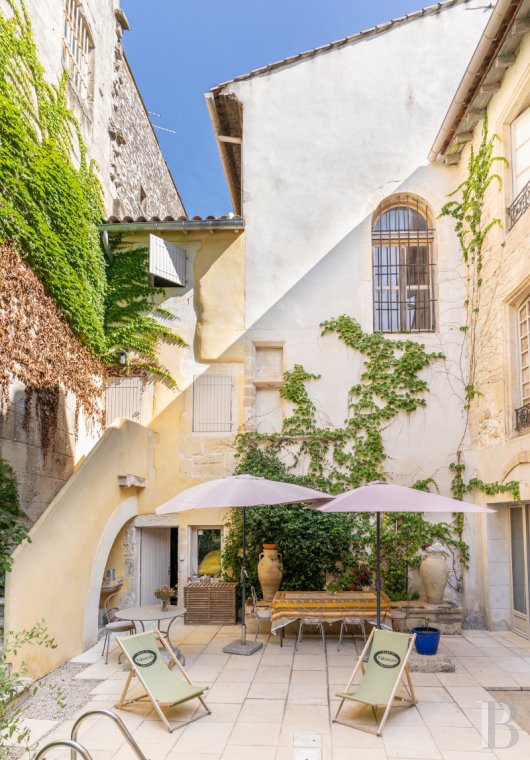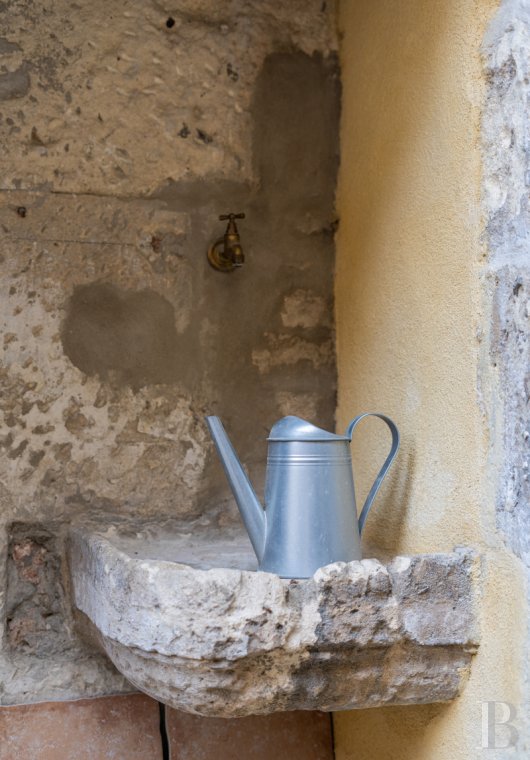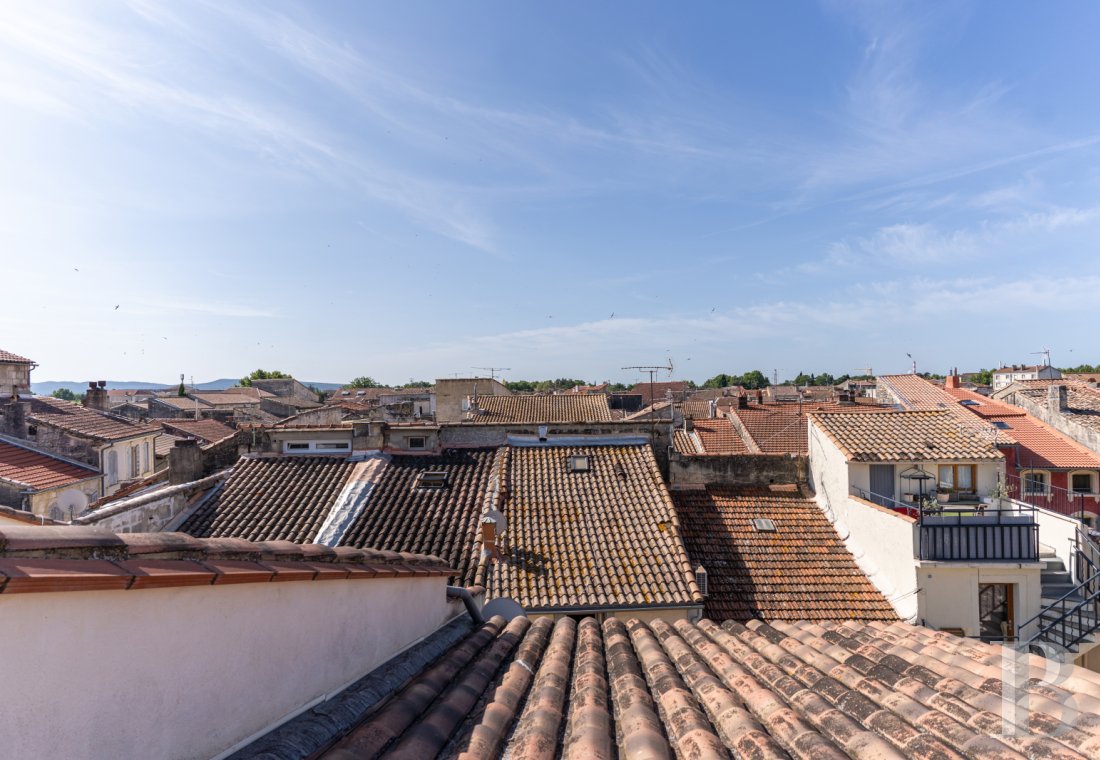swimming pool, independent studio flat and panoramic views in Tarascon

Location
In the centre of Tarascon, a town in Provence that has preserved a rich architectural heritage from its military and religious past.
There are no fewer than ten listed historic buildings, including a medieval castle, once the residence of King René; military barracks featuring a riding hall that, along with those in Saumur and Fontainebleau, is one of the few remaining of its type; and a Gothic collegiate church, a pilgrimage site famed for miracles.
Perfectly adapted to the diversity of modern life, the town today boasts two lower secondary schools, one of which is private, a higher secondary school school, a hospital, a famous market, shops, cultural venues and a train and bus station.
Just 10 minutes from Arles railway station with TGV links to Paris, around 15 minutes from Avignon and Nîmes TGV stations, and 40 minutes from Marseille and its international airport.
Description
The house and its outbuildings, directly abutting the chapel, leave little doubt as to its original use as a convent.
Indeed, the house still bears some traces of its original vocation, in particular the decorative motifs of the ground floor vaults.
Founded in 1677 as a home for "girls of ill repute", the chapel and its associated establishment were entrusted to the care of the Sisters of Notre-Dame du Refuge. Like most establishments of this type, created under the royal “in commendam” system, this umpteenth "convent for repentant girls" was a resounding moral failure and soon became a notorious "place of perdition". It took barely half a century for it to evolve from a convent to a brothel. So much so, in fact, that this highly conspicuous place was forced to close by royal decree on the accession of Louis XVI in 1774, a good fifteen years before the Revolution. In 1803, under the First Empire, the modest convent buildings were sold as national property destined to be used as stables. Some of these buildings remain part of the present-day property.
As for the chapel, it was used for the catechism known as "perseverance", an in-depth teaching of the scriptures that children used to follow after their solemn communion - a history to which its current name bears witness.
Today, contemporary art exhibitions are held here throughout the year, providing a rare opportunity to visit the church and admire its rich Baroque decor.
The main house
Built in a very quiet pedestrian street, backing onto the chapel to which it once belonged, the house faces south-east and extends over two storeys above the ground floor. The facade, built of stone from the Fontvieille quarries, features two arched windows per floor, with louvred shutters on the first floor and more opaque wooden shutters on the second. The gable roof is clad with monk-and-nun tiles. A wooden door topped by a transom window with wrought ironwork leads from the street into the ground floor entrance hallway.
Modest in appearance, the house successfully conceals its interior comfort. Larger than it seems, it comprises nine rooms: a kitchen, a dining room, a sitting room, four bedrooms and two bathrooms. On the ground floor, the 17th-century ceiling with its groin vaults, adorned with a central keystone framed by a moulding, confirms the building's religious character. The 18th-century fireplace with carved stone mantelpiece and overmantel, period terrazzo granito or cement tile floors and beamed ceilings bear witness to the building's later transformation into a private residence.
The upper floors are accessed via a stone staircase with wrought iron balustrade and wooden handrail. Upstairs, there are four bedrooms with tiled or parquet floors and whitewashed walls, two of which have fireplaces, and two with sloping ceilings, and a shower room with a waxed concrete floor.
At roof level, a semi-covered Roman terrace of around twenty square metres houses an open-air gym with panoramic views over the city.
The courtyard garden and pool
The walls of the former convent buildings adjoining the chapel protect the courtyard garden extending over around 200 m². They are partly covered in Virginia creeper and jasmine. The garden, which is rather minimalist today, was once more abundant and could become so again in the future.
A central pool used as a swimming pool, of limited dimensions - around 3 m x 2 m -, unexpected in the heart of the town centre, forms the central feature of the courtyard. The freshness of the pool benefits all the surrounding bedrooms.
This somewhat eclectic enclosure is a mixture of highly disparate architectural elements: a medieval arched window, a tall 18th-century small-paned window, a small dormer window, an outside staircase, a fragment of a vaulted ceiling and a small arch. Restored in the 2000s in the spirit of traditional Arab-Andalusian dwellings, the ensemble resembles a riad where light and shadow interplay with shapes.
The studio flat and outbuildings
Across from the house, closing off the walled outdoor area to the south, is a single-storey studio flat (approx. 26 m²) with its own entrance from the street and access to the courtyard and the pool. With its resolutely contemporary design and pervasive black and white features, the shower area/toilet and the fitted kitchen counter equipped with all the essentials, it is ideal for a young adult or visiting guests. This small lodging provides the opportunity to take part in the life of the house around the pool or to withdraw, while preserving one's independence thanks to an entrance from the street.
Finally, opposite the studio, the outdoor staircase which climbs over the courtyard arcade leads up to two spare bedrooms for friends, with whitewashed walls and waxed concrete floors.
Our opinion
A house with a rich history that has become a multi-purpose dwelling: pied-à-terre, family home, guest house, rental investment, it lends itself to many dreams and fantasies.
Given its proximity to the very heart of the town, less than 100 m away, the unexpected calm of this property strikes as soon as one steps into the garden, where the only sounds to be heard are birdsong and the lapping of the water. The pool is also one of the major assets of the residence, and a welcome alternative to afternoons at the beach - which, it should be remembered, is less than 40 minutes away.
An ideal urban retreat in a city of many attractions.
580 000 €
Fees at the Vendor’s expense
Reference 494638
| Land registry surface area | 210 m2 |
| Main building surface area | 220 m2 |
| Number of bedrooms | 7 |
| Outbuilding surface area | 16 m2 |
| including refurbished area | 16 m2 |
NB: The above information is not only the result of our visit to the property; it is also based on information provided by the current owner. It is by no means comprehensive or strictly accurate especially where surface areas and construction dates are concerned. We cannot, therefore, be held liable for any misrepresentation.

